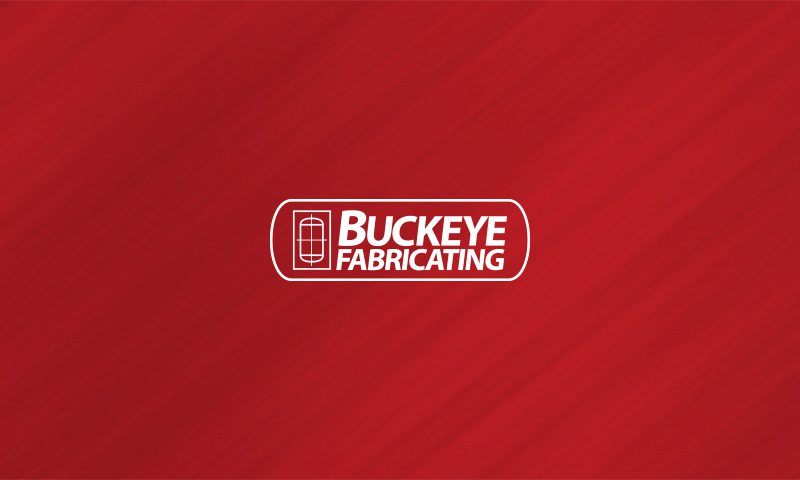Pressure vessels are made from a wide range of materials, some of which are easier to work with than others. The ability to fabricate specific shapes and sizes can be limited by designers’ ingenuity, the need to conform to pressure vessel codes, as well as other motives.
Suitable Materials
Materials that have sufficient tensile strength and predictable properties can be used to manufacture a pressure vessel. It is crucial that material properties are properly understood and that there is existing knowledge about using these materials in pressure vessels. Materials that may be used include steel,alloys, composites and plastics, as well as a few others.
Manufacturing Challenges
With the exception of blow molding, all pressure vessels have joints or, in the case of composite materials, are wound from some kind of fiber. The manufacturing processes used must have sufficient integrity to ensure that joints are properly made, usually by means of some form of welding. It should also be possible to inspect the integrity of joints using nondestructive testing processes. The method of fabrication will typically be specified by the pressure vessel designer with particular reference to material specification, welding procedures, and post manufacture heat treatment requirements, if required.
Repairs
Most pressure vessels have to be inspected periodically, although the actual requirements may vary from state to state, it is normally every three years. Any serious defects discovered that affect the pressure vessel material have to be repaired to restore the integrity of the pressure vessel. Vessels made by blow molding and filament winding processes present some specific, but not insurmountable problems. Some plastic pressure vessel materials can even be welded provided the right technique and equipment is used. Great care is needed when performing weld repairs to make sure those repairs are sound and free from defects and inclusions.
A competent welding engineer would normally provide repair specifications detailing weld preparation, method of welding and the electrodes to be used. Sometimes, there will be a need for post-weld heat treatment to reduce residual stresses and restore material properties. Final repairs should be inspected and tested using radiography, ultrasonic testing or other suitable non-destructive testing methods. Most pressure vessels materials can be adapted to suit specific requirements. However, for predictable performance, the design of the pressure vessel and its fittings must comply with established best practices.



 ASME Informational
ASME Informational Tank Materials
Tank Materials